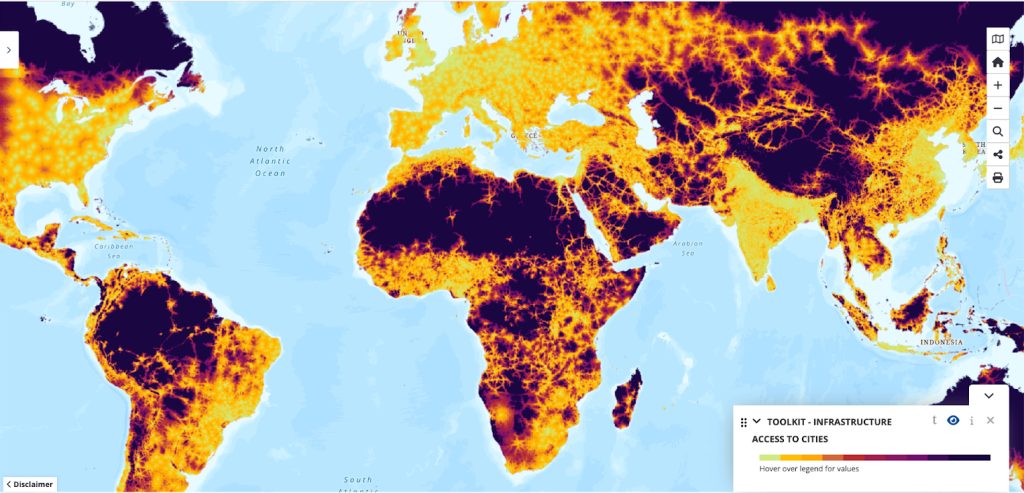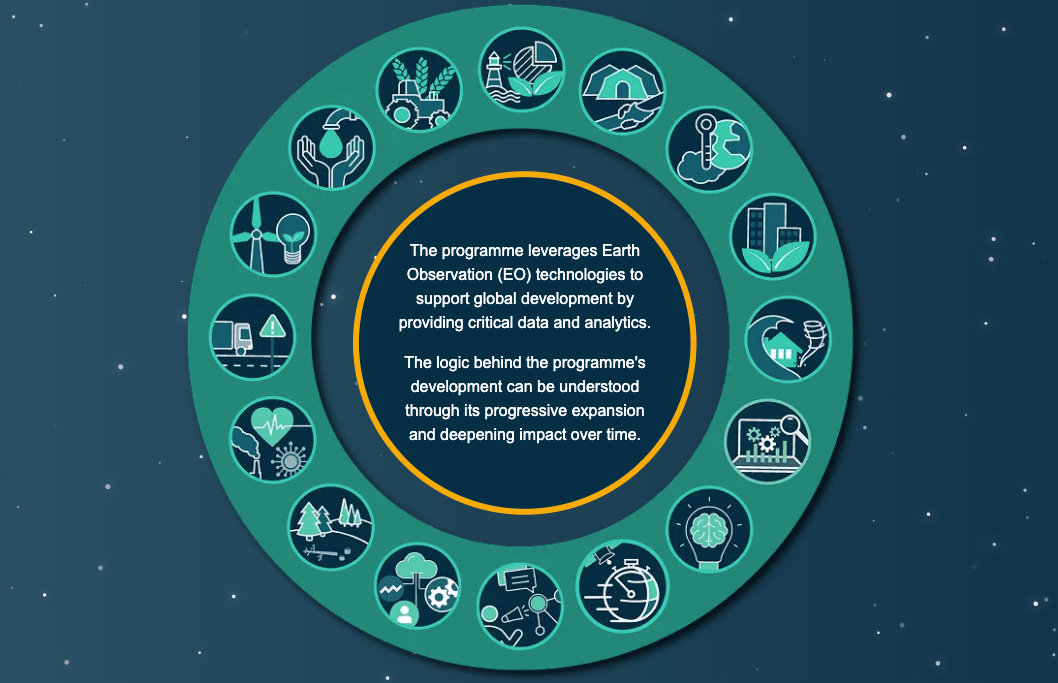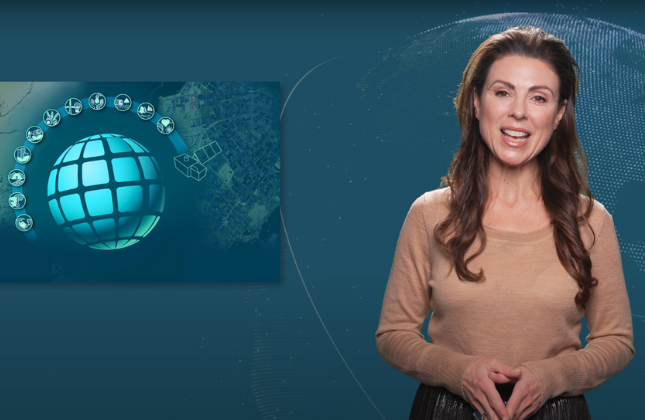The European Space Agency’s (ESA) Global Development Assistance (GDA) programme has launched a new Agile Information Development (AID) activity focusing on transport and infrastructure, a new thematic area, unexplored even by GDA’s precursor, Earth Observation for Sustainable Development (EO4SD) initiative.
GDA Transport & Infrastructure (T&I) will support International Financial Institutions (IFIs) like the World Bank (WB) and the Asian Development Bank (ADB) in improving the efficiency of transport and infrastructure programmes by utilising EO-derived data. By overcoming the conventional obstacles associated with the collection and analysis of information related to transport and infrastructure, the consortium aims to enhance the effectiveness of development financing in these critical sectors.
Shaping the future of mobility: navigating the intersection of urbanisation, climate change, and global transport innovations
Globally interconnected economies, urbanisation, rising populations, technological advances, and climate change are reshaping transportation and infrastructure — pushing us to rethink how they are managed. The main focus lies in helping developing countries adopt safe and eco-friendly transport systems. Thus, international financial support is vital to meet not only the need for basic access to transport, but also to provide transport that is faster, cheaper and safer, whilst ensuring that road casualties, congestion, emissions, and air pollution are minimised.
Road traffic accidents are a leading concern in low- and middle-income countries, where more than 90% of road traffic deaths occur, and thus highlight the need to provide safer and sustainable transport solutions. Besides, there is an urgency to integrate sustainability and climate resilience into the development and enhancement of transportation infrastructure. On one hand, the world is increasingly turning towards greener modes of transportation like the metro and public transport, and, on the other hand, there is a pressing need to improve climate resilience in infrastructure to adapt to climate change impacts. Ambitious investments are needed to ensure access for all to safe and affordable mobility without further worsening climate change, as well as ensuring that transport systems and infrastructure are resilient to the effects of climate change. This is why international support is vital, providing the funds needed to make these better transport solutions a reality.
International Financial Institutions (IFIs) play a key role in transforming global transport systems
IFIs are key in supporting developing countries to implement safe and sustainable transport solutions. The WB, the world’s largest provider of development finance for transport systems, currently commits around US$33.2 billion to transport projects, which represents around 10% of all WB lending. The WB supports countries in implementing initiatives that:
- Avoid unnecessary motorised travel for people and goods;
- Shift to cleaner transport solutions;
- Improve the efficiency of transport infrastructure and services; and
- Strengthen transport systems to enhance resilience.
The WB’s Transport and ICT Global Practice commits to providing funding of around US$900 million per year to be used in greener modes of transport, such as railways and mass urban transit.

Complementing the WB’s actions, the ADB is working throughout Asia to promote transport infrastructure and services that are safe, accessible, and green. Transport is an operational priority for ADB under its Strategy 2030 development framework. Asia will need US$1.7 trillion worth of investments every year until 2030 if the region wants to respond effectively to climate change, maintain economic growth and tackle poverty.
Satellites bridge the data gaps in global transport and infrastructure
Data and information are essential to plan and develop transport networks and build infrastructure, as well as to monitor their economic, environmental, and social impacts. Though traditional data collection from in-situ surveys is crucial input for authorities for transport and infrastructure projects, it is not always available, particularly in developing countries.
By harnessing the power of satellites, we can now fill critical gaps in data, offering a bird’s-eye view. EO provides invaluable insights for planning, monitoring, and improving infrastructure in areas that are hard to access or have been underserved in the past. EO data aids in a wide range of applications, from assessing mobility patterns and urban development to mapping road safety hazards and monitoring the environmental impacts of infrastructure projects. For instance, it can help identify overloaded infrastructure, track land subsidence that threatens road safety, and monitor changes in land use that inform urban planning decisions. These use cases illustrate the transformative potential of EO data in making transport networks and infrastructure more resilient, efficient, and tailored to the needs of communities.
GDA Transport & Infrastructure: where we are now and where we are going?
Since the project kick-off in January 2024, the GDA Transport & Infrastructure consortium (led by IABG), has been going through a first round of IFI project discussions. The aim of these meetings is to determine which IFI projects are suitable to collaborate with. All meetings have been arranged based on an ‘‘expression of interest’ form that has been shared with the whole Global Practice, and in the end, several projects will be selected. Key deciding factors in the prioritisation process will be the feasibility of the support to be provided, the alignment of timelines between the GDA T&I activity and the IFI project and the IFI team’s ability to align financing for the implementation of complementary activities such as capacity building and skill transfer.
This blog is the first in a series that will detail these IFI programme engagements, the selected transport and infrastructure use cases, and the specific EO Information Developments (EOIDs) that are generated. Further information is available on the GDA Transport & Infrastructure website.
Please contact the GDA Transport and Infrastructure team via GDA-TI-IABG@iabg.de with any questions.

















